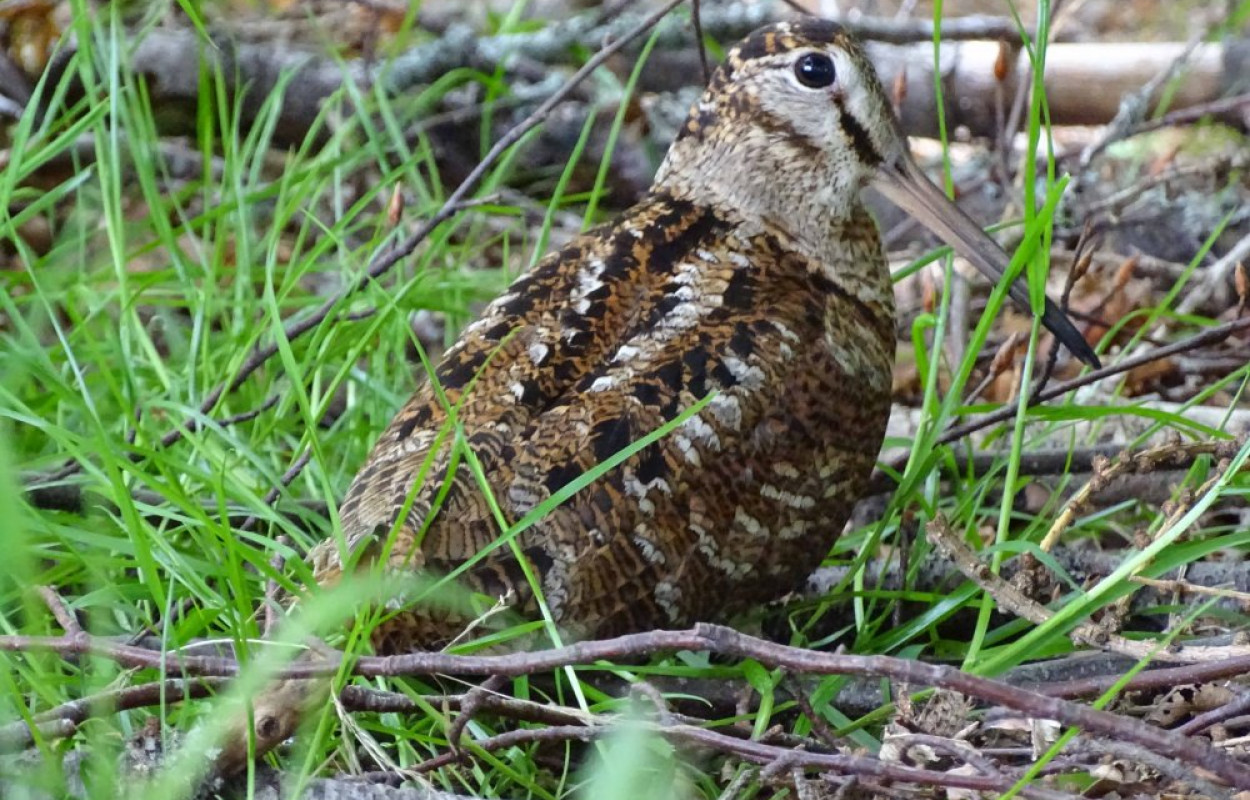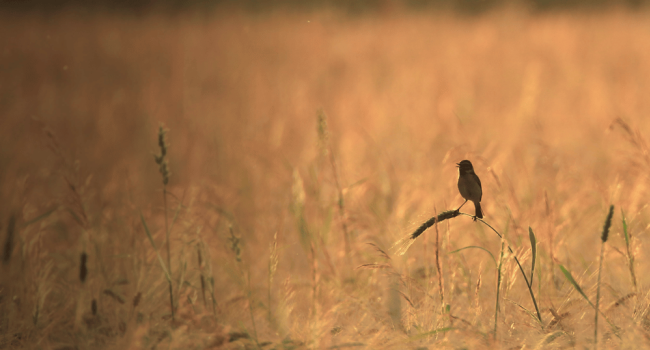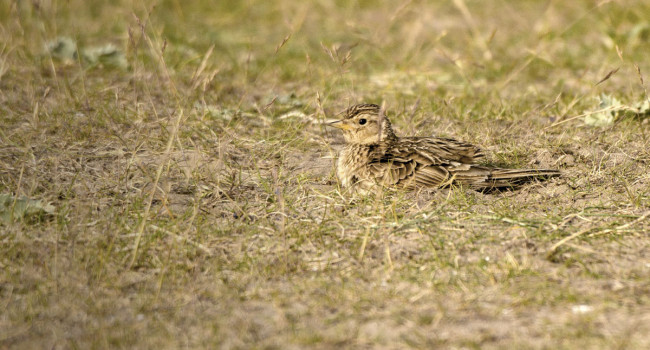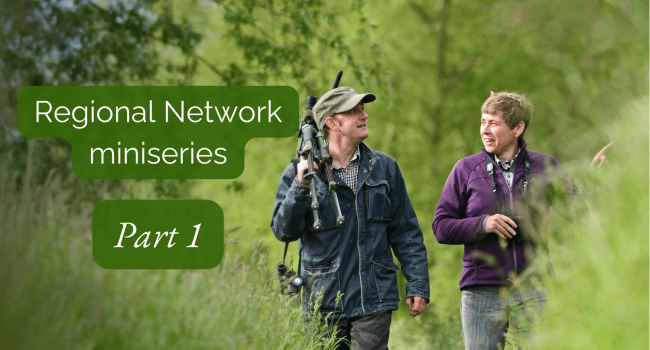Current status and recent trend of the Eurasian Woodcock Scolopax rusticola as a breeding bird in Britain

Author(s): Heward, C.J., Hoodless, A.N., Conway,G.J., Aebischer,N.J., Gillings, S. & Fuller, R.J.
Published: October 2015
Journal: Bird Study
Digital Identifier No. (DOI): 10.1080/00063657.2015.1092497
Results from the 2013 Woodcock Survey show that breeding numbers and breeding range have both declined considerably since the previous survey in 2003. The rate of decline varied regionally but was least pronounced in areas that contained large tracts of continuous woodland.
The latest Woodcock Survey, undertaken in 2013 by BTO and GWCT, has provided an updated breeding population estimate and an assessment of breeding range change, since the first survey in 2003. In addition, recent trends in breeding numbers were measured using annual counts data since 2003.
In 2013 counts were undertaken during May–June at 834 randomly selected British sites. The breeding population was estimated at 55,241 males (95% CL: 41,806–69,004), representing a 29% decline since 2003. The percentage of wooded survey squares occupied by Woodcock decreased from 47% in 2003 to 37% in 2013. Annual counts from occupied sites monitored between 2003 and 2013 also indicate a decrease in abundance of 40% during the 10 year period. Breeding distribution data from BirdAtlas 2007–11 indicates that range extent in Britain contracted by 31% since 1988–91 and 56% since 1968–72. The decline in range and breeding numbers is considerable and most severe in the south and west of Britain. The greatest decreases have occurred in locations containing small tracts of fragmented woodland, while regions with large areas of continuous woodland have experienced the least change.
Further research is required to fully understand the reasons for the Woodcock decline, which may be associated with changes in woodland structure, perhaps though management practices or rising deer numbers. Little is currently known about breeding productivity, over-winter survival and the potential impact of hunting.
Please consider surveying a local site and contribute to the annual survey, which is essential for monitoring further changes to this charismatic and declining species.
Notes
The 2003, 2013 and annual Woodcock surveys were funded by the Game & Wildlife Conservation Trust, the Shooting Times Woodcock Club and an anonymous English charitable trust. Bird Atlas 2007–11 was organized by the British Trust for Ornithology (BTO), BirdWatch Ireland and the Scottish Ornithologist's Club and funded by legacies, charitable trusts and individual donations through a BTO appeal.









Share this page